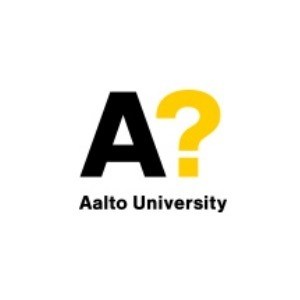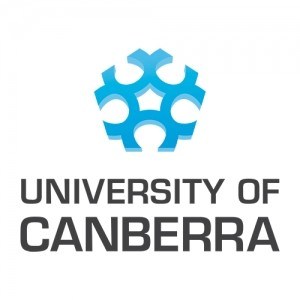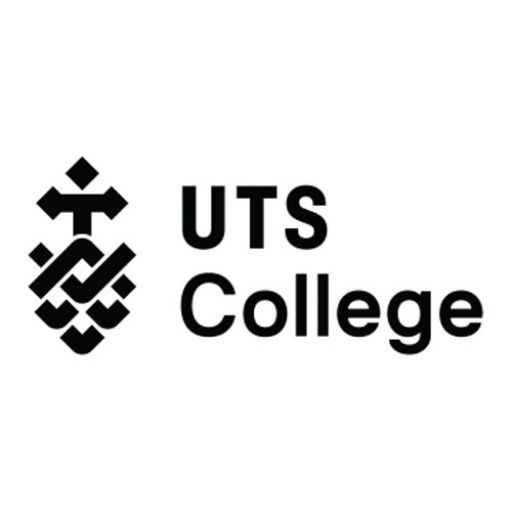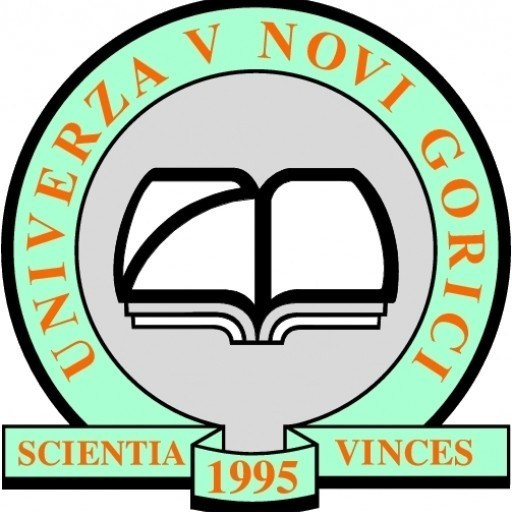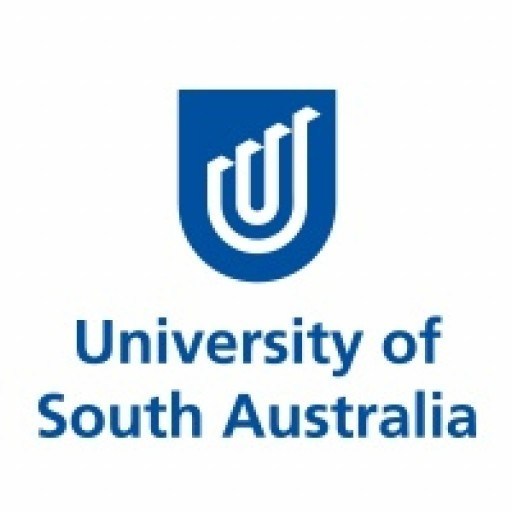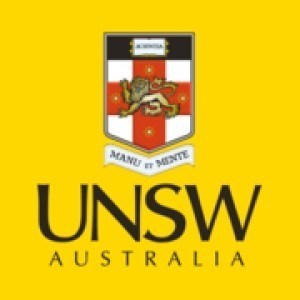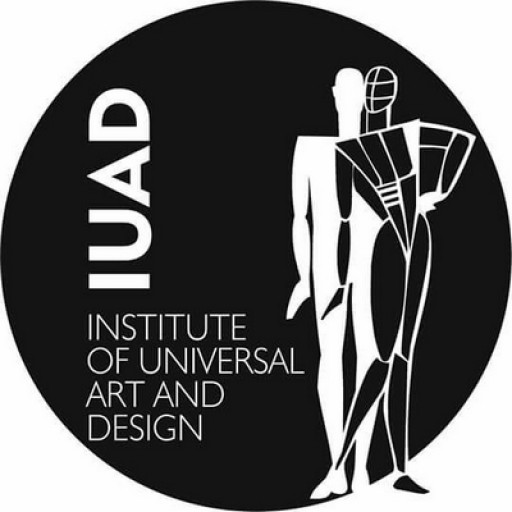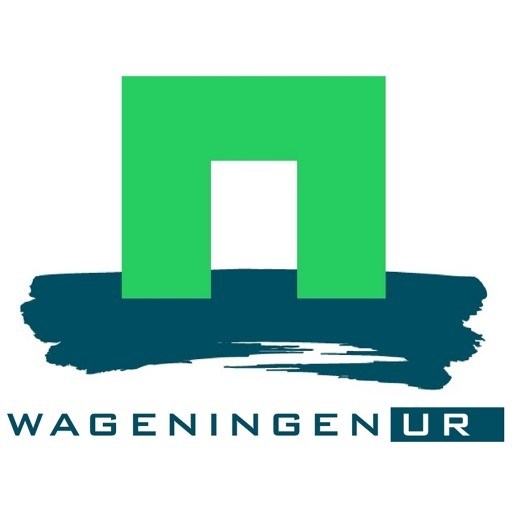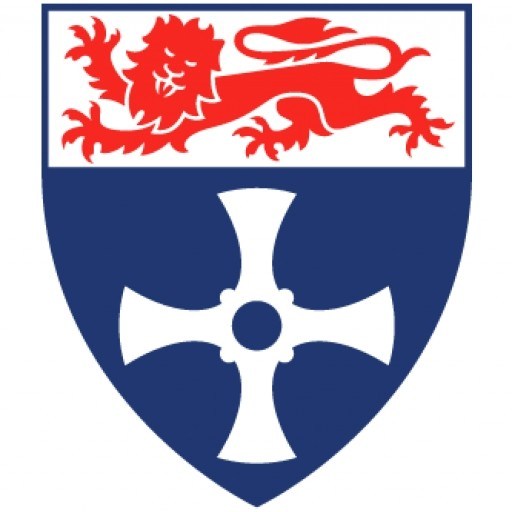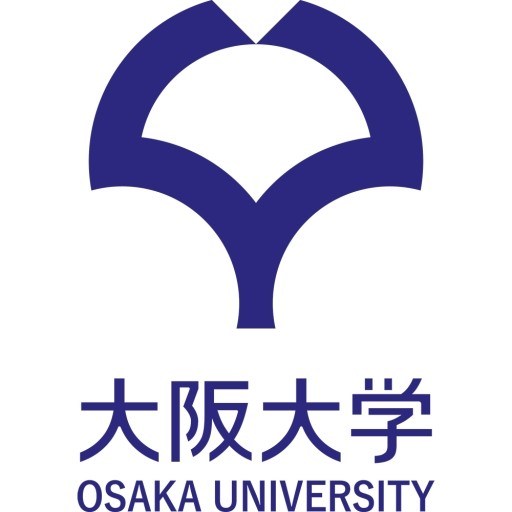Photos of university / #aaltouniversity
Architecture is a field of technology and of art. Architecture teaching combines knowledge-based professional material and artistic understanding and expression skills. An architect must be able to see problems from many different directions, which is the reason for the broad-based nature of the degree in architecture. The current nature of the education develops the student's scientific and artistic thinking relating to the construction of a socially responsible and sustainable future.
Goal of education
The learning outcomes are based on the regulations of the EU directive that applies to pursuing the professional activities of an architect (Directive 2005/36/EC of the European Parliament and of the Council on the recognition of professional qualifications). According to the directive, an architectural degree meets the expectations of the construction industry and also enables a career outside Finland.
In accordance with the above-mentioned directive, the purpose of the programme is to ensure that after completing a degree, the student has:
- the ability to create architectural designs that satisfy both aesthetic and technical requirements
- adequate knowledge of the history and theories of architecture and related fields of art, technology and human sciences
- knowledge of the fine arts as an influence on the quality of architectural design
- adequate knowledge of urban design planning and the skills involved in the planning process
- understanding of the relationships between people and buildings and between buildings and their environment and of the need to relate buildings and the spaces between them to human needs and scale
- understanding of the profession of architecture and the role of the architect in society, in particular in preparing briefs that take account of social factors
- understanding of the methods of investigation and preparation of the brief for a design project
- understanding of the structural design, constructional and engineering problems associated with building design
- adequate knowledge of physical problems, technologies and of the function of buildings so as to provide them with internal conditions of comfort and protection against the climate
- the necessary design skills to meet building users’ requirements within the constraints imposed by cost factors and building regulations
- adequate knowledge of the industries, organisations, regulations and procedures involved in translating design concepts into buildings and integrating plans into overall planning
A further aim of the education is to strengthen the student's competence in co-ordination tasks related to design, thus enabling the graduate to work as a head designer of demanding construction projects.
An understanding of the internationalising and expanding duties associated with the profession and the ability to function in other cultures are also part of the general skill outcomes of the degree. This develops the student's working life skills and promotes career planning, regardless of whether the goal is to work as an employee in the private or public sector or as an entrepreneur.
The academic objective of the education is that after completing a degree, the student:
- knows the academic discussion and key literature in the field
- can write academic text in a critical and expert manner
- knows the key research methods and has the ability to apply them
- can argue scientifically
Architecture is a field of technology and of art. Architecture teaching combines knowledge-based professional material and artistic understanding and expression skills. An architect must be able to see problems from many different directions, which is the reason for the broad-based nature of the degree in architecture. The current nature of the education develops the student's scientific and artistic thinking relating to the construction of a socially responsible and sustainable future.
The key content in master's programme education is to develop and deepen the skills obtained during the bachelor's phase. The topics include the history and theory of architecture, building design and Finnish building art as well as urban planning and design. Course and design studio teaching is enhanced by means of multidisciplinary collaboration and new teaching methods. Learning by doing, the simulation of so-called 'real' design assignments is still an important part of the education of an architect.
Admission procedure
Students apply for the Master’s Programme in Architecture via the master’s degree admissions process for science and technology. Selection for a master’s programme leading to a higher degree is mainly based on studies completed earlier and is carried out as a so-called paper selection without an entrance examination.
The selection criteria for the master’s phase are an applicable earlier degree in the field of architecture, the amount of applicable studies, motivation and commitment on the basis of a motivation letter, and the overall level of the application. A portfolio of the applicant’s own practice work and any other personal work is a compulsory and important appendix to the application. It must illustrate the applicant's architectural design skills and artistic nature in a broad-based manner. The main focus of the evaluation is placed on design sketches and other image material.
Evaluation criteria
The final admission is based on the academic assessment. The evaluation process is competitive and the number of available study places is limited. The used criteria is as follows:
- The applicability of the previous degree, i.e. bachelor’s degree or equivalent from a well reputed school of architecture
- The amount of relevant studies
- The academic performance of the applicant
- The quality of the application as a whole, including the portfolio
- The motivation and commitment of the applicant on the basis of a motivation letter.
A portfolio consisted of the applicant’s own works is mandatory. The portfolio should widely present the candidate’s architectural and artistic skills and creativity. The evaluation emphasis lies mainly on design drawings and other illustration material. It should be in paper form, easy to handle and no bigger than A3 size.
Want to improve your English level for admission?
Prepare for the program requirements with English Online by the British Council.
- ✔️ Flexible study schedule
- ✔️ Experienced teachers
- ✔️ Certificate upon completion
📘 Recommended for students with an IELTS level of 6.0 or below.
